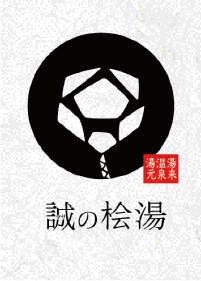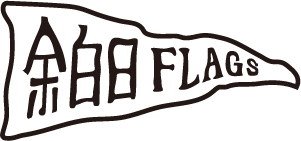A scene at that time.
Yuki Onsen has a long history, and in 1797 (Kansei 9), Okahisan, a samurai of the Hiroshima clan and a famous painter, depicts the scenery of various places on the way to travel in "Toshimi-ko koshozu", which depicts several hot spring daimyo shrines and inns. This is a scene along the Uchioya River flowing through the current Yuki Onsen.
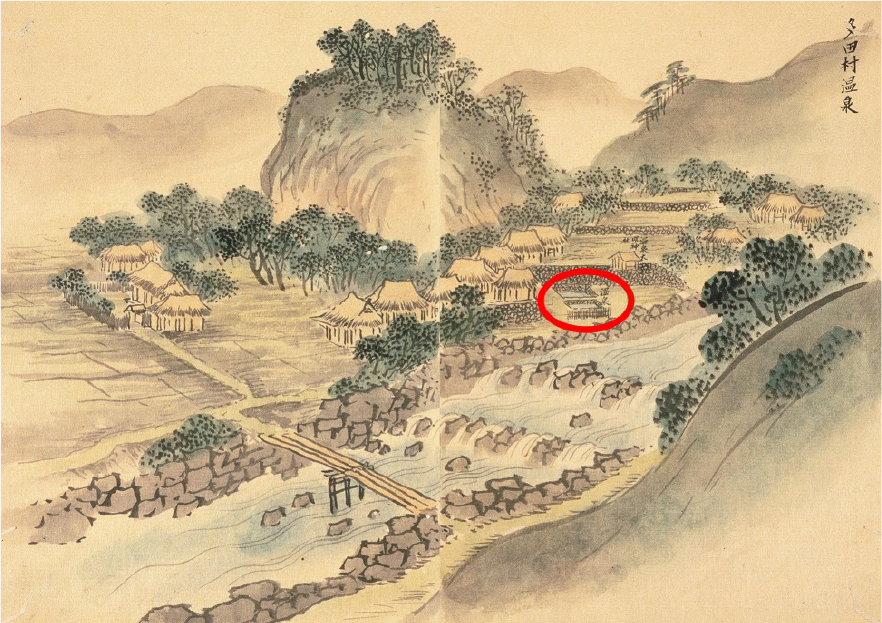
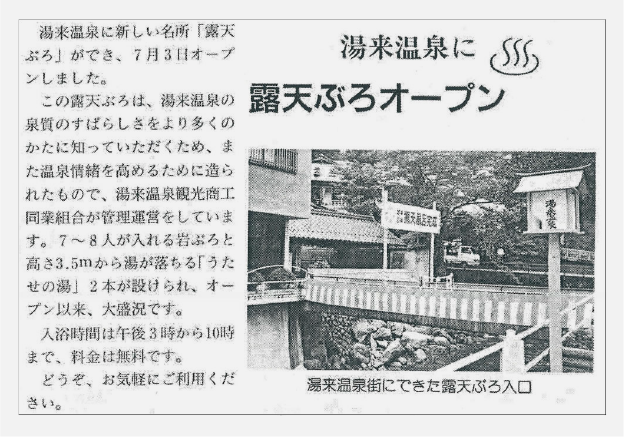
the beginning of Yuki Onsen town.
The history of Yuki Onsen town is about 70 years. In its history, it was a big event that "Yumoto" opened as a free public open-air bath in July 1989. As a outdoor bath for day-trip visitors from Hiroshima City and guests staying at Yuki Onsen, "Yumoto" was used not only in the prefecture but also from Chugoku and Shikoku and Kyushu to heal the body of tourists.

The history of Yuki Onsen town is about 70 years. In its history, it was a big event that "Yumoto" opened as a free public open-air bath in July 1989. As a outdoor bath for day-trip visitors from Hiroshima City and guests staying at Yuki Onsen, "Yumoto" was used not only in the prefecture but also from Chugoku and Shikoku and Kyushu to heal the body of tourists.
Yuki Onsen rooted in everyday life.
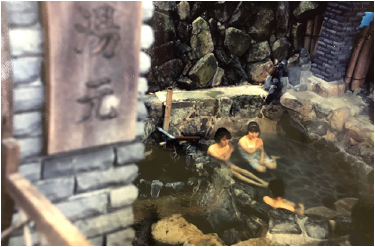
In addition, Yumoto prospered as a lively place that is indispensable for local residents. The source is about 28 °C, and it is warmer than tap water, so it was also used as a laundry place for hand washing for local people. At the beginning of the day at the hot spring inn, it was a daily routine to wash and dry customers' futon sheets and yukatas by hand at "Yumoto". And the local people naturally played a role like a bathkeeper (maintenance and management of the hot spring), such as the local grandpa entering the bath most.

In addition, Yumoto prospered as a lively place that is indispensable for local residents. The source is about 28 °C, and it is warmer than tap water, so it was also used as a laundry place for hand washing for local people. At the beginning of the day at the hot spring inn, it was a daily routine to wash and dry customers' futon sheets and yukatas by hand at "Yumoto". And the local people naturally played a role like a bathkeeper (maintenance and management of the hot spring), such as the local grandpa entering the bath most.
The crisis of aging which leans.
However, due to the lack of working capital due to the decrease in tourists, the violation of manners such as garbage disposal of users, noise, and manners violations, the public open-air bath "Yumoto" was forced to close in March 2000. For about 20 years, it has not been used at all. As a hot spring town, it was unable to respond to rapidly changing tourism needs every day, and it continued to decline due to lack of successors, manners management, aging facilities, etc.
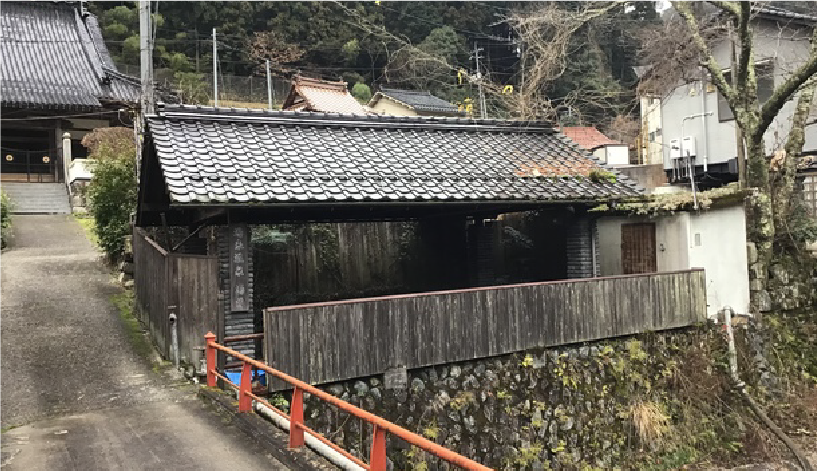
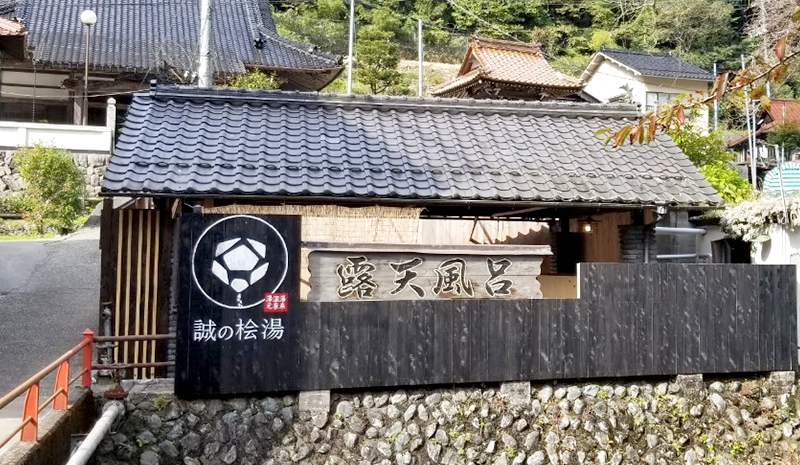
Therefore, as a result of various consultations, the "Yuki Onsen Yumoto Revival Project Team" was formed in order to revive Yumoto somehow. This project has a major purpose not only to revive Yumoto, but also to revitalize Yuki Onsen town and Yuki town using it as a stepping stone. Since it was difficult to regenerate it as a "joint free open-air bath", we thought about management as a "private open-air bath" that can be enjoyed slowly by family and friends. And with crowdfunding and the help of many people, it revived for the first time in 19 years. The bath which seems to be a hot spring that prospered in forestry before was completed. The bathtub and dressing room are all made of cypress from Yuki Town, and it is a very luxurious structure.
I like the start of the operation of this open-air bath to help the rebirth of the hot spring town. I think that it will take a long time to regenerate Yuki onsen town, but I hope that everyone can enjoy this hot spring and support the activities for a long time. Thank you very much for your continued patronage of Yuki Onsen and Makoto Hinokiyu.
